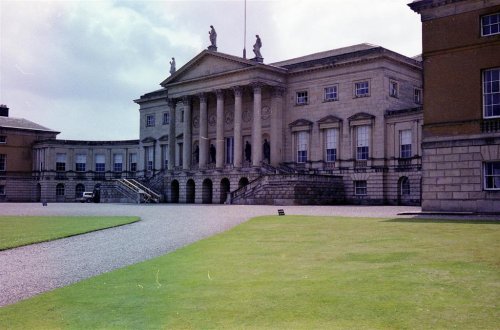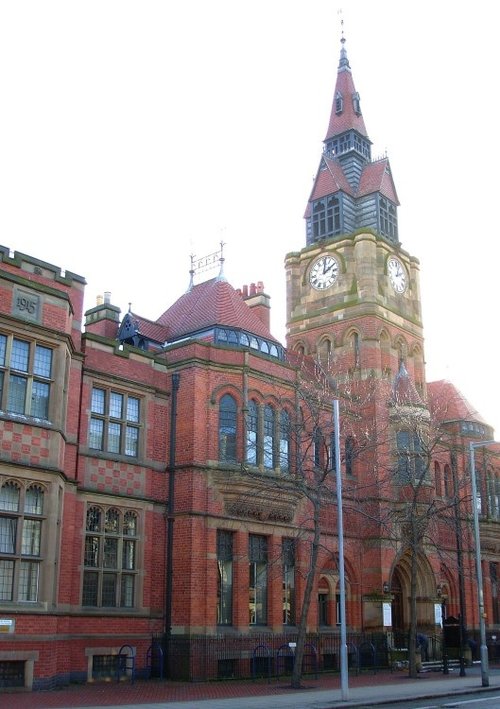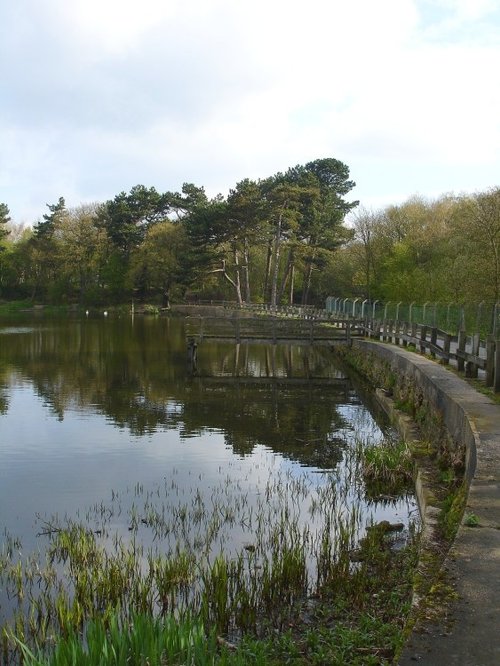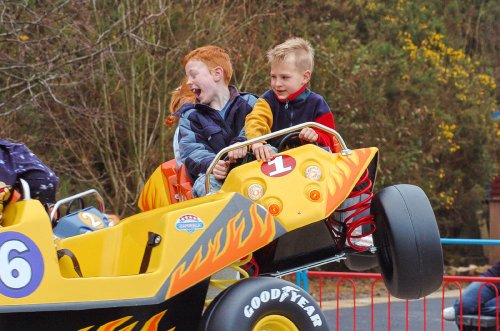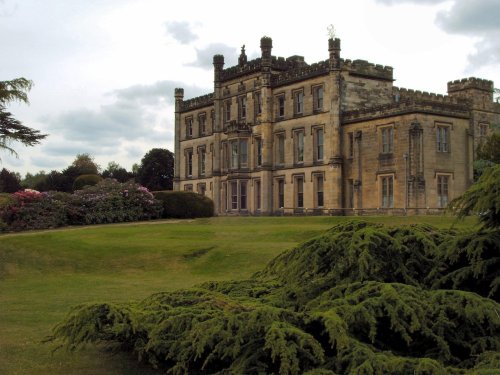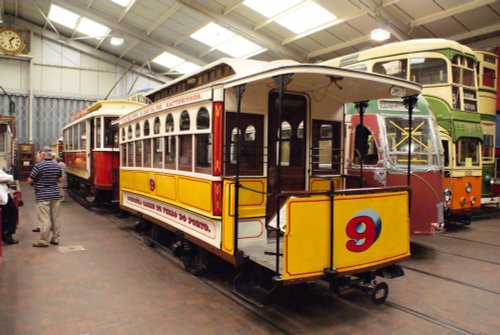Pictures of Duffield
About Duffield
Duffield lies a short distance from Derby City. It is assumed there has been a settlement here since Roman times and that Roman pottery was produced at nearby Hazelwood. The nearby village of Milford with its crossing over the Derwent was also in use at the time of the Romans.
Historically, Duffield was mentioned in the Doomsday Book and is believed to have flourished following the Norman Conquest when Duffield Frith, a Royal forest was used by Nobles who hunted for deer. The forest was granted to Henry de Ferrers by William the Conqueror, and later the Earl built a fortress on what is now known as Castle Hill, but little remains to identify this.
In the 15th century the forest steward was Anthony Bradshaw who is believed to have had two wives and twenty children, he was the great nephew of Judge John Bradshaw who presided at the trial of Charles I.
Duffield Hall is probably the best known building of these parts, it was built by the Newton family around 1620, but the family line died out in 1709 and since this time the Hall has had a variety of owners. After the First World War, the Hall became a school, since then its fortunes have floundered and recovered, only to flounder again and after a spell as offices for the Derbyshire Building Society the Hall is being adapted for a different use.
Picturesque sights in Duffield include the attractive Bridge Inn situated beside the River Derwent at a spot where the river is spanned by a delightful arched bridge built, as is recorded by a stone in the bridge, in 1812. The Trinity Methodist Church is an Edwardian building of 1904, this can be seen on King's Street and on Town Street stands the attractive King's Head pub, a lovely historic building of 1501, with a half round front added late in the 19th century. The Kings Head is reputed to have been a billet for Cromwell's men at the time of the Civil War. There are other attractive 18th, 19th and early 20th century properties worthy of note, many of a deep russet brick dressed with mellow stone.
St.Alkmund's Church is from the 12th century, but a church was recorded here in the Doomsday Book of 1086. In the present church there is an old font and much medieval work to be seen together with ancient tombs and memorials. There is also attractive oak panelled screens and wrought iron grilles from the 19th century. The church lies within a fascinating walled churchyard where the dead of Duffield have been buried for centuries. Visitors to the church will note several old trees in the churchyard, one which is doubtless very old indeed.
The river flowing through the village is the River Ecclesbourne, so together with the close-by waters of the Derwent, Duffield is well blest with delightful waterways inhabited with a rich variety of wildlife, thus it offers fine opportunities for those who enjoy river pursuits and lovely riverside walks.
Visitors to the village will find it a friendly relaxing place, there are shops, restaurants, cafe's and all the usual amenities associated with a large village including recreational facilities and pubs.
Duffield offers visitors a lively time, it is within close proximity of Derby and within easy reach of the wonderful landscape of the Peak District National Park.
